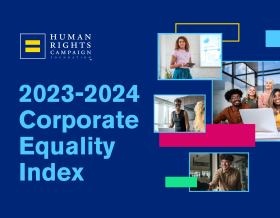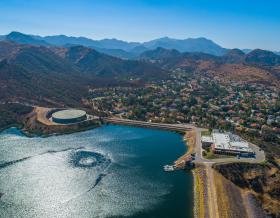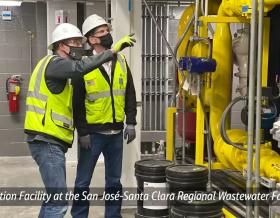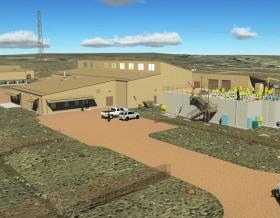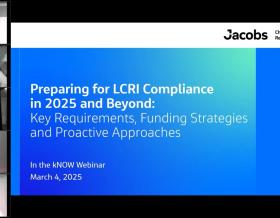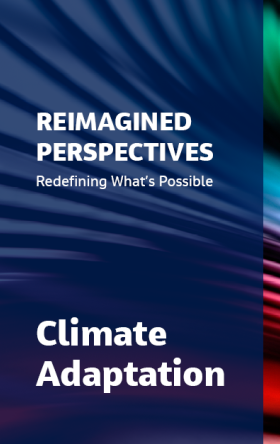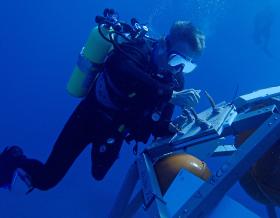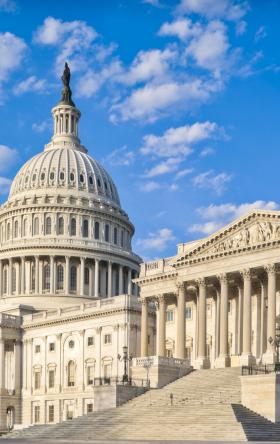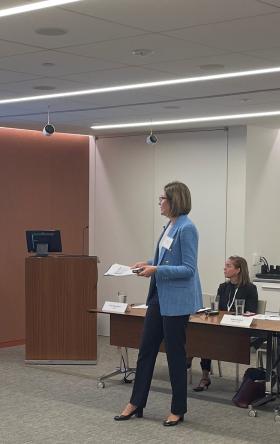Understanding the PFAS MCLs, Part 3: Compliance monitoring and next steps
By Scott Grieco, Global Principal for PFAS & Emerging Contaminants

This is the final section in our three-part analysis of the EPA’s draft MCLs for PFAS. If you haven’t already read the previous two sections, I discussed drinking water standards, best available treatment and initial monitoring requirements. Read them here and here.
In this OneWater Reflections series, we’re asking: what does the MCL rule say and how will it impact drinking water utilities across the United States?
For this final part, I’ll discuss compliance monitoring, right to know requirements and areas where the EPA is looking for feedback during the 60-day public comment period (which ends May 30th).
Compliance Monitoring and Notifications
The EPA is setting the practical quantitation level (PQL) or analogously the Minimum Reporting Level (MRL) as follows:
|
PFAS Compound |
PQL or MRL |
|
PFOA |
4.0 |
|
PFOS |
4.0 |
|
GenX |
5.0 |
|
PFBS |
3.0 |
|
PFHxS |
3.0 |
|
PFNA |
4.0 |
However, the EPA also recognizes that qualified laboratories can detect concentrations lower than these values (often the laboratory detection limit is approximately 0.3 to 0.7 ppt in clean water samples). As such, the EPA is proposing the following approach – which is where the trigger levels come in:
- If PFOA and PFOS are <1.3 ppt and the calculated HI is <0.33, then EPA is proposing reduced initial monitoring requirements. Under this case, two samples per Entry Point to Distribution System (EPTDS) in a 12-month period (at least 90 days apart) during each 3-year compliance period would be required.
- Otherwise, quarterly samples each 12-month period are required.
- Samples shall be grab samples. Composite sampling is not allowed, due to concerns with equipment contamination and resulting sample quality.
- Compliance will be assessed based on a running annual average (RAA) which is an average of sample analytical results for samples taken at a particular monitoring location during the previous four consecutive quarters. Compliance can be based on either Method 533 or Method 537.1.
Here is where the PQLs come into play. Any PFAS below PQL is considered a zero in both the RAA and HI calculations for compliance purposes. But, if a quarterly sampling result will cause the RAA to exceed an MCL at any sampling point (i.e., the analytical result is greater than four times the MCL), the system is out of compliance with the MCL immediately. The proposed rule designates MCL violations for PFAS as Tier 2, which requires systems to provide public notification as soon as practical, but no later than 30 days after the system learns of the violation.
Right to know requirements
Water systems would be required to report detected PFAS in their Consumer Confidence Report; specifically, PFOA, PFOS, GenX, PFHxS, PFNA, and PFBS, and the HI for the mixtures of GenX, PFHxS, PFNA, and PFBS.
EPA is proposing that violations of the three MCLs in the proposal would be designated as Tier 2.
Areas where EPA is looking for feedback
There are several areas where EPA has specifically proposed an approach and then asked for feedback. I think it is important that utilities consider the ruling in general, and these areas specifically, and determine if there are any areas where they would like to provide feedback.
|
|
|
|
|
|
|
|
|
|
One that I have added, that should be asked, is whether GenX, PFHxS, PFNA, PFBS, and their mixtures are anticipated to affect common target organs, tissues, or systems to produce dose-additive effects from co-exposures summing dissimilar health endpoints (thyroid, developmental, liver)?
I would encourage all utilities to submit comments to EPA directly or through your local American Water Works Association (AWWA) chapter. It will be interesting to see where this feedback leads and there’s still some busy months ahead of us before we see the final rule. In the meantime, thank you for your interest in this OneWater Reflections series and we look forward to bringing you more updates as PFAS developments continue to unfold. Please reach out to me and #OurJacobs team if you have any questions!
About the author

Scott A. Grieco, PhD, PE is a Global Principal and Technology Leader for PFAS and Emerging Contaminants at Jacobs. He is an expert in physical/chemical treatment of emerging contaminants and persistent environmental compounds. Scott has over 30 years of experience in the evaluation, design, and optimization of water treatment systems across the public utility, remediation, and industrial sectors. For the past 10 years, Scott has focused on evaluation and treatment of PFAS. Scott holds a bachelor's in chemical engineering, master's in environmental engineering, and PhD in bioprocess engineering and is a registered Professional Engineer in New York.

